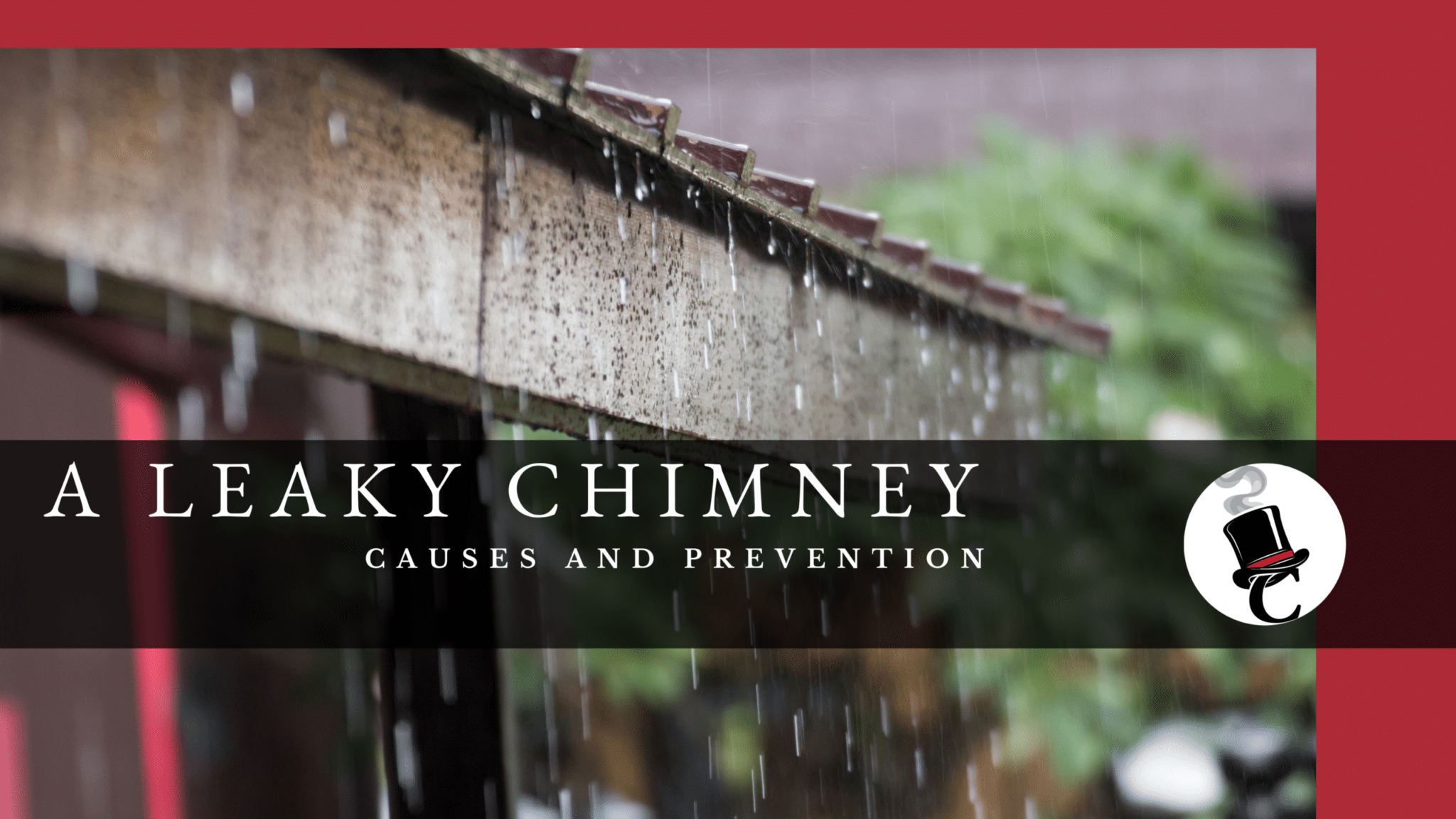Why do over 450 citizens of the USA die each year of carbon monoxide poisoning?
There are many reasons. This article will focus on the Problem and the the Prevention, thanks to Mayo Clinic website.
Carbon monoxide (CO) poisoning occurs when carbon monoxide builds up in your bloodstream. CO is not the same as CO2, which is the byproduct of breathing by all animals. CO is a bad gas that is usually the byproduct of the combustion of fossil fuels or coal, propane, natural gas, charcoal gasoline, or wood. It attaches to Red Blood Cells about 300 times more strongly than oxygen. So once you breath some CO, you are poisoning the actual red blood cells, and they can no longer do their job, which is to carry oxygen (O2) to your bodily tissues and brain. This can lead to serious tissue damage, or even death.
Carbon monoxide is a colorless, odorless, and tasteless. gas produced by burning gasoline, wood, propane, charcoal or other fuel. Improperly ventilated appliances and engines, particularly in a tightly sealed or enclosed space, may allow carbon monoxide to accumulate to dangerous levels. This is where the risk comes in.
This excerpt show that Monoxide Poisoning is very real in the US:
We used hospitalization data from 2003 to 2013 and ED data from 2007 to 2013. We calculated trends using a linear regression of UNFR CO poisonings over the study period and age-adjusted rates using direct standardization and U.S. Census Bureau estimates. During 2003-2013, approximately 14,365 persons (4.1 cases/million annually) with confirmed or probable UNFR CO poisoning were admitted to hospitals and the annual rate of poisonings showed a weak downward trend (p = 0.12). During 2007-2013, approximately 101,847 persons (48.3 visits/million annually) visited the ED and the annual rate of poisonings showed a significant downward trend (p ≤ 0.01). Most UNFR CO hospital cases involved patients who were older (aged 45-64 years), white, male, or living in the South or Midwest…
This emphasizes the need for prevention efforts… increased use of CO alarms, and proper use and maintenance of fuel-powered household appliances.
Full article: https://www.ncbi.nlm.nih.gov/pubmed/29929888
Prevention of Monoxide Poisoning?
Keep your fuel-burning appliances and engines properly vented. These include:
- Space heaters
- Furnaces
- Charcoal grills
- Cooking ranges
- Water heaters
- Fireplaces
- Portable generators
- Wood-burning stoves
- Car and truck engines
Look at that list again- 4 of the items listed on the Mayo Clinic’s list of things to look out for are all covered by a Midtown Chimney Sweeps Qualified Chimney Professional Inspection Report. Is it time to get your flue and chimney inspected?

It is very important to us that you purchase and cause to be installed a monoxide alarm in EVERY sleeping room, EVERY common hallway, and a Smoke Detector in a similar location. This will provide an alarm if the poisonous gas builds up and the smoke alarm will provide an alarm if there is smoke or smoldering wood or combustibles in the home.
These can be readily purchased from Home Depot, as indicated in the image above. You might also like to search for a combination alarm that will have both items rolled into one.Are these alarms cheap? No. But they are worth it.
We look forward to serving you soon! Click the banner at the top, enter your zip code and get a price for the inspection or call us today at the number at the bottom of the page!
Thanks for reading!











